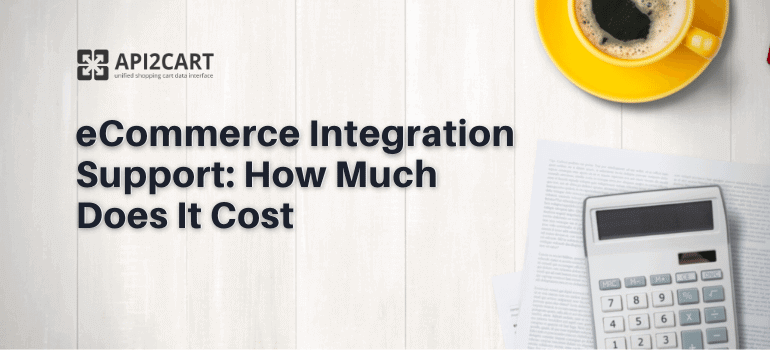
The eCommerce industry has been budding steadily for years now. Buying things online is becoming more and more of a norm, wherein over 25% of people today purchase something online once a month.
A big contributor to this growth is the introduction of new technologies that make eCommerce easier and safer for both the seller and the buyer. Augmented reality, voice commerce, progressive web applications (PWA) - these are but a few of the innovations driving eCommerce.
As a result, the landscape of eCommerce changed quite a bit over the years. To appreciate these changes and get a better idea of its outlook, let's examine some of the more standout facts about eCommerce in 2020.
Mushrooming Global Sales
On a global scale, eCommerce is thriving. The worldwide market is projected to earn as much as $4.2 trillion by the end of 2020, according to some estimates. And it seems that it will only get better - that number will likely reach $6.5 trillion by 2023.
At the moment, China dominates the eCommerce game in terms of market size, with around $190 billion. Its lead is massive, too. The USA, the runner-up, occupies a relatively measly third of China's share. The entire Asia-Pacific region seems to be nurturing a prospering eCommerce scene in general.
APAC isn't the only part of the world showing a lot of promise, though. Latin America, while comparatively humble at the moment ecommerce-wise, should be experiencing a better-than-average growth of 21% a year.
Mobile eCommerce Is on the Way Up
Mobile devices are taking the internet world by storm, so it's hardly a surprise that eCommerce will also be caught in the deluge. After all, adjustments such as scalable themes are a must for all websites that want a cut of mobile traffic, which will be more than sizable.
In fact, that traffic will probably account for more than half (53.9%) of all eCommerce sales. But while the quantity of that market is impossible to ignore, its "quality" may pose a bit of a challenge. What does that mean? Well, conversion rates for mobile users are (fittingly enough) half of the desktop users. Not only that, but anything between 10 and 20% more of them will abandon their carts.
This pickiness comes from mobile users' greater need for seamless user experience. It's actually this fussiness that is fueling innovations like progressive web applications. PWA's load pretty much instantly, which addresses the fact that most mobile users will leave a website if it fails to load within a few seconds.
Automation is Driving Productivity
Automation will be playing a pivotal role in the future of eCommerce (though it's already of great importance). Automated systems come in very handy for organizations that decide to upscale their operations, perhaps in an attempt to reach international markets, for example. It shaves off a lot of inefficiencies by stepping in to complete repetitive, time-consuming tasks that are prone to errors when in the hands of human workers.
However, when it comes to eCommerce, automatization is useful in a range of tasks. Tagging and segmenting customers to maintain retention, listing new products across multiple channels, and streamlining tracking and reporting are a few of its handy functions. Some other uses include organizing inventory alerts for marketing/reordering and identifying or canceling risky orders.
Fraud Is Still a Problem in the eCommerce Realm
Given that eCommerce becomes even more commonplace, it's only natural that it will draw in bad actors out to steal and manipulate. The extent of this problem, however, is a little concerning. In the US alone, as many as 650 eCommerce fraud attempts happen every month - 200 of which succeed.
These frauds usually happen in the form of social engineering scams, be they mule scams, address scrambling, or spoofing (impersonating another person). While difficult to spot, these manipulations do leave a trace that automated software can detect. And AI detection happens to be the best solution we have for this issue so far.
This infographic provides some other interesting facts and statistics about eCommerce in 2020.
All-In-One eCommerce Integration Solution
As to B2B SaaS companies that work with online store owners, the support of eCommerce integrations is one of the main priorities. The more integrations such solutions support, the more potential clients they can get.
The fact is also that establishing integration with each shopping platform is a tedious and costly process that requires a good integration specialist. Moreover, when the integration is done, that's not the end as the new cart versions always come out.
It's much easier to rely on a ready-made integration solution such as API2Cart. It allows you to connect to and work with more than 40 eCommerce platforms at once. API2Cart has already investigated the documentation of the most popular shopping platforms and developed eCommerce integration with all of them. So, all you have to do is to integrate with API2Cart, add your customers' store based on any platform that we support and work with needed store data. You will be able to add, delete, update, synchronize, and get a list of orders, products, customers, shipments, categories, etc.
So, do not hesitate and start a FREE 14-days trial right now!



